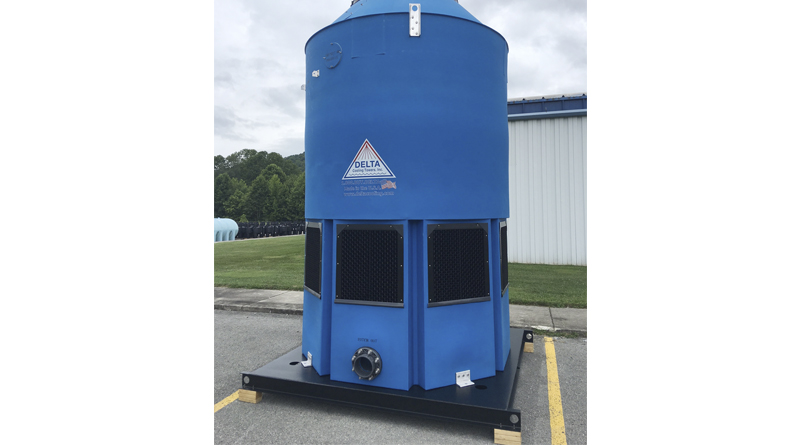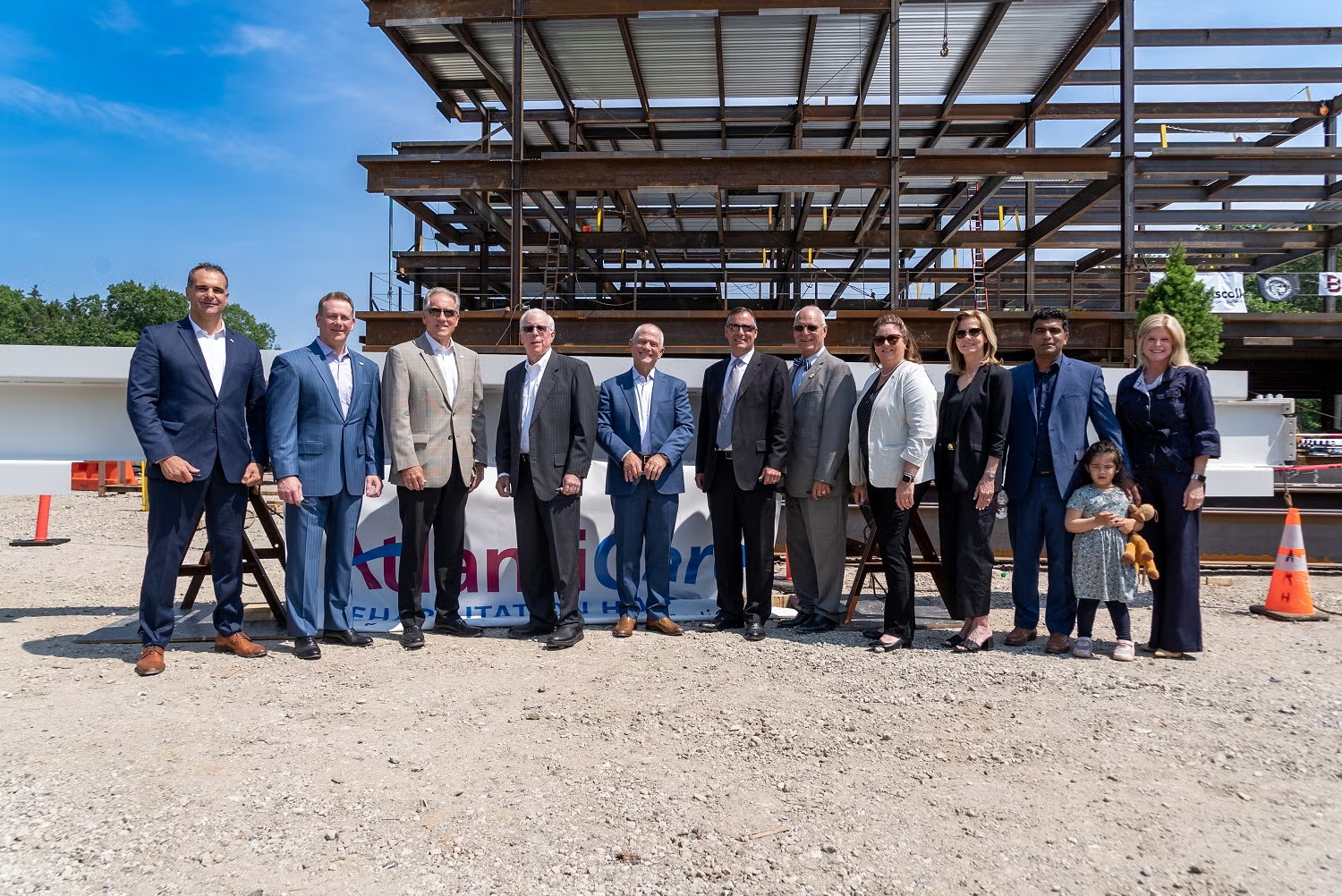ROXBURY, N.J. – Delta Cooling Towers, based in Roxbury, recently introduced the first antimicrobial cooling tower.
Legionella – the bacteria that causes potentially fatal Legionnaire’s Disease, a virulent bacteria that can produce severe lung infections – and other strains of deadly pathogens that are hosted by some cooling towers have been substantially reduced by the development of a unique antimicrobial HDPE (high-density polyethylene) material designed by Delta Cooling.

Delta, which pioneered the HDPE plastic cooling tower in the 1970s, recently launched a line of towers constructed of antimicrobial resin, which is fully compounded into the base cooling tower material. The antimicrobial resin contains additives that operate on a cellular level to continuously disrupt and prevent uncontrolled growth of microorganisms and biofilm within the cooling tower. Special Pathogens Laboratory, The Legionella Experts, based in Pittsburgh, performed efficacy tests.
Public concern about Legionnaire’s Disease was at its height during the outbreaks of the mid-1970s; however, there have been many occurrences since then, including more than a dozen cases in the U.S. this year as well as several in Europe and Australia. In many of these cases, Legionella is incubated and spread through water systems, including the cooling towers that are essential items in commercial building HVAC systems and industrial process cooling, according to a statement by the Center for Disease Control (CDC).
It has been well established that, under certain common conditions, cooling towers can propagate Legionella. This has recently led ANSI (American National Standards Institute)/ASHRAE (American Society of Heating, Refrigerating and Air-Conditioning Engineers) to publish its Standard 188, Legionellosis: Risk Management for Building Water Systems, which documents new risk standards and requirements for engineers that design new buildings and renovations to existing structures.
John Flaherty, president of Delta Cooling Towers, said that the aforementioned standards and requirements do not significantly detail the maintenance practices necessary to keep water systems such as cooling towers healthy. He says that competent maintenance – consistent, top-quality water treatment like commercial water softeners and accurate monitoring – is essential to that effort.
“Without consistent, competent water treatment, the Legionella risk is not completely eliminated, even with the new antimicrobial cooling tower,” Flaherty explained. “While cooling tower conditions are often managed by water treatment chemicals, such treatment is sometimes inadequate, and poor piping designs lead to ‘dead legs’ creating an environment in which pathogens – including Legionella – can thrive.”
Flaherty adds that cooling tower design and materials can be very significant in the prevention of pathogen growth. Also, the best water treatments for Legionella prevention involve oxidizing biocides, which react aggressively toward metal surfaces, effectively attacking metal-clad cooling towers and shortening service life. However, because Delta’s cooling tower fills and shells are constructed of antimicrobial plastic, they are virtually impervious to corrosive water treatments and also minimize the risk of microbial growth. A 20-year factory warranty provides evidence of the durability of these HDPE cooling towers.
The design of many cooling towers creates pockets where water may stagnate, another condition that can lead to microorganism development. The stagnant water areas are prime breeding grounds for Legionella to grow. To avoid such problems, Delta’s cooling tower designs feature a sloped basin and/or basin sweeper system.






